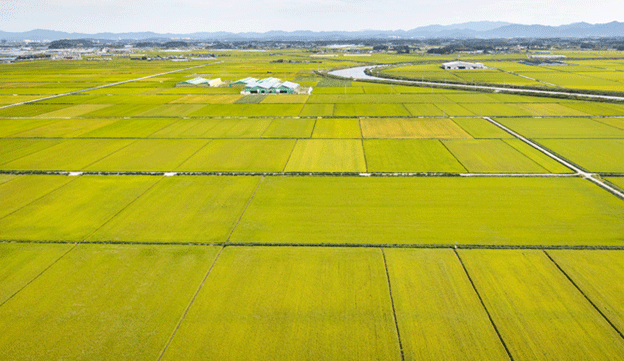Beginning in 2024, South Korea plans to implement a policy requiring rice farmers to reduce their cultivation areas to qualify for government subsidies. Under this plan, farmers who fail to meet the reduction targets may face penalties, including cuts to their subsidy payments. Conversely, those who exceed the reduction requirements will receive additional financial incentives, creating a dual mechanism to balance supply and ensure farmer cooperation.
This initiative is rooted in the Public Interest Direct Payment System and aims to reduce rice cultivation by 8,000 hectares (11.5% of the current 697,713 hectares). The plan is a response to declining domestic rice demand, oversupply, and subsequent price drops.
Key Components of the Policy
- Mandatory Reductions: Farmers receiving subsidies must meet minimum reduction targets, with penalties for non-compliance.
- Incentives for Compliance: Additional subsidies for farmers who voluntarily reduce cultivation beyond the mandated levels.
- Local Autonomy: Municipalities will manage reduction allocations, tailoring plans to local conditions. This includes flexibility for smallholders who face challenges transitioning to alternative crops.
- Substitute Crops: Farmers can grow alternative crops on reduced rice fields without restrictions, potentially boosting crop diversity.
Benefits and Challenges
Advantages:
- Market Stabilization: A controlled reduction in rice supply is expected to stabilize prices, benefiting compliant farmers.
- Incentive-Driven Compliance: Subsidy bonuses motivate farmers to participate actively, offsetting income loss.
- Environmental Gains: Diversifying crops can enhance soil health and reduce monoculture risks.
Challenges:
- Farmer Resistance: Some farmers may perceive the mandatory reductions as restrictive.
- Price Uncertainty: Critics worry that increased rice imports or government interventions, such as releasing stored rice reserves, could undermine domestic price gains.
- Crop Transition Risks: Farmers transitioning to alternatives like soybeans may face fluctuating demand and price uncertainties.
Stakeholder Perspectives
Lim Byung-hee, Secretary General of the Korea Rice Federation, highlighted concerns about the rapid reduction of rice acreage and potential adverse effects on smallholders. He emphasized the need for in-depth discussions about suitable substitute crops and market dynamics to ensure the policy’s success.
South Korea’s Rice Area Reduction Plan reflects a proactive approach to address declining rice demand and oversupply. While the policy offers financial incentives to ease the transition for farmers, its long-term success hinges on balanced implementation, effective stakeholder collaboration, and robust market support for alternative crops. With thoughtful execution, this initiative could serve as a model for sustainable agricultural reform.
Error





